The technology behind ChatGPT can also ‘paint,’ take ‘pictures,’ and ‘write’ songs. What impact is this new technology going to have on the artistic process?
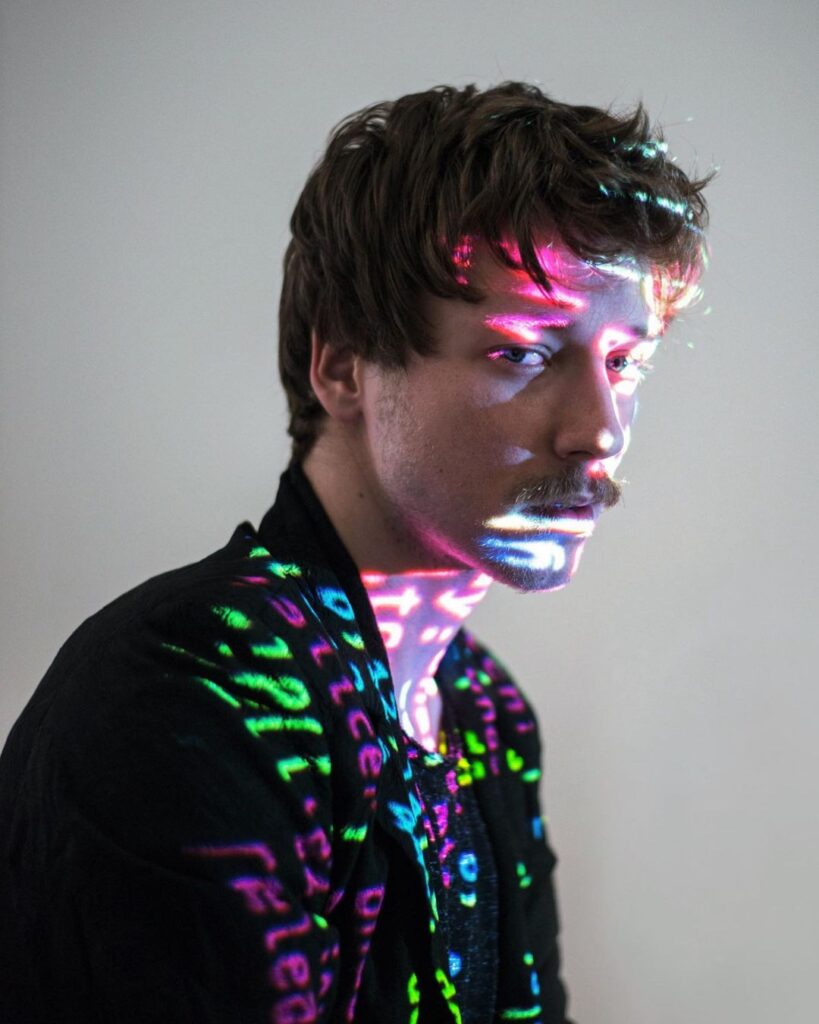
PUNKura* sat down with Haris Hadžić, a VR developer and digital artist, to talk through these issues. He thinks digital tools can help artists realize their ideas, but “without your artistic thoughts, you can have any AI on this planet, you won’t be able to create art.”
Adrian Pecotić, one of the editors of this magazine, has more reservations about AI and art. For him, there’s a risk that a seemingly helpful shortcut may render vital aspects of the artistic process unnecessary.
They began their conversation by talking about Haris’ use of digital tools to create and perform music under the name of Space Lufter.
ADRIAN
What process do you use to create music?
HARIS
I was using a programming language to create art. [For me,] programming is a tool that can translate your thoughts.
When I write code, I’m not playing samples. I’m calculating rhythms mathematically, for example, or I’m writing mathematical loops. So you get a rhythm, a logical rhythm.
And that process involves a lot of math, but alongside math, you always have to figure out, like, why…
When I was making that [first] song, I was always questioning myself: why would this note go here? Okay, it sounds cool, but what is it telling people to feel?
ADRIAN
I guess how you use that tool will depend on the idea and what you want people to feel.
To me, the interesting difference is between the things we would call digital art versus the things we wouldn’t. Electronic music, for example, is very digital in how it’s made, but we wouldn’t call it “digital art.”
HARIS
Digital art is everything that is made by 0s and 1s. That’s the definite definition of digital art. It’s so abstract, it can be anything.
ADRIAN
But if digital art just means 1s and 0s have been involved, then a DJ or a producer should count as a digital artist…
HARIS
Well yeah, producers open a computer, and they, for example, use Ableton. That’s definitely a digital artist. Why not? It’s digital.
What is art in general? It’s a way of people expressing themselves. This is just another form of people expressing themselves, using a computer.
ADRIAN
Do you see any difference between the type of expressive digital art you make and what’s going on with ChatGPT?
HARIS
I wouldn’t separate that category, it’s still digital art. I wouldn’t argue that it’s going against the definition of art when we use this language model, ChatGPT, as a tool to make art.
ADRIAN
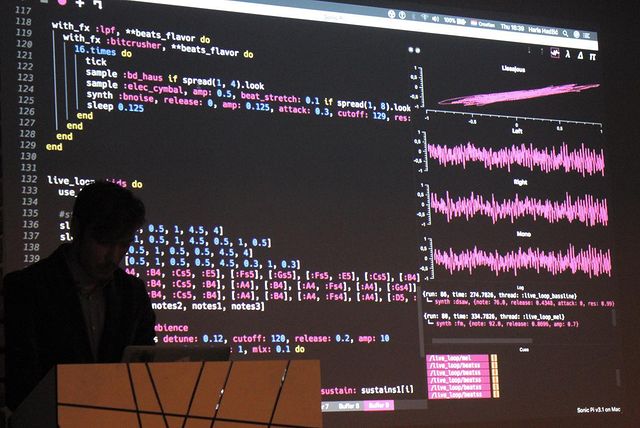
I’m not saying that quite yet. My thing is, sure, AI is a tool, but it’s a very different kind of tool [than anything else].
For example, Nicholas Jaar produces his own music, you use computer programming to make music. Just telling an AI to make music for you is very different from both of those processes.
HARIS
Here, we need to look at what’s going on when we consume art. There are two ways of consuming art, I think.
The first is where you appreciate the artist, their technique and process. The other side is where you feel the artist’s creation and enter the zone of experiencing the result, the art itself.
And, yeah, of course, you need to appreciate—and I would definitely appreciate—someone who is working in traditional ways.
ADRIAN
Can you tell me about the project you’re working on with Rikardo Druškić?
HARIS
In one sentence, the project is about presenting a painter’s work inside a virtual world. Where you can experience the whole painting in front of your eyes in a 3D environment.
We’re trying to bring a painting to life inside a virtual world. 10 people will be able to explore that world together, and I think they’ll be immersed in it. There’s going to be narration, there’s going to be a scenario that’s happening with the painting’s characters.
ADRIAN
What would you say changes about the message of the work when you put it in VR?
HARIS
It’s all a part of that second part of art consumption, the experience of the art.
We’re going to give people another experience in another medium. People are going to see the physical painting first, and then join inside the experience.
At this point in their conversation, Adrian stepped into a preview of the virtual rendering of Rikardo’s work. In 360° and massive scale, the artist’s strange creatures wriggled along and his familiar chessboard stretched into the distance. It was indeed something.
Adrian was particularly struck by one moment of the experience: when Haris, from the computer that was running the VR experience, moved him 50 feet into the air to get a better view of one of Rikardo’s chess pieces.
Even though he remained on the ground in real life, Adrian felt a profound lack of control over his ‘body’ in the virtual space. It struck him that such a presentation of art is incredibly intimate—insofar as you are handing over your entire experience to someone else.
Returning to their conversation…
ADRIAN
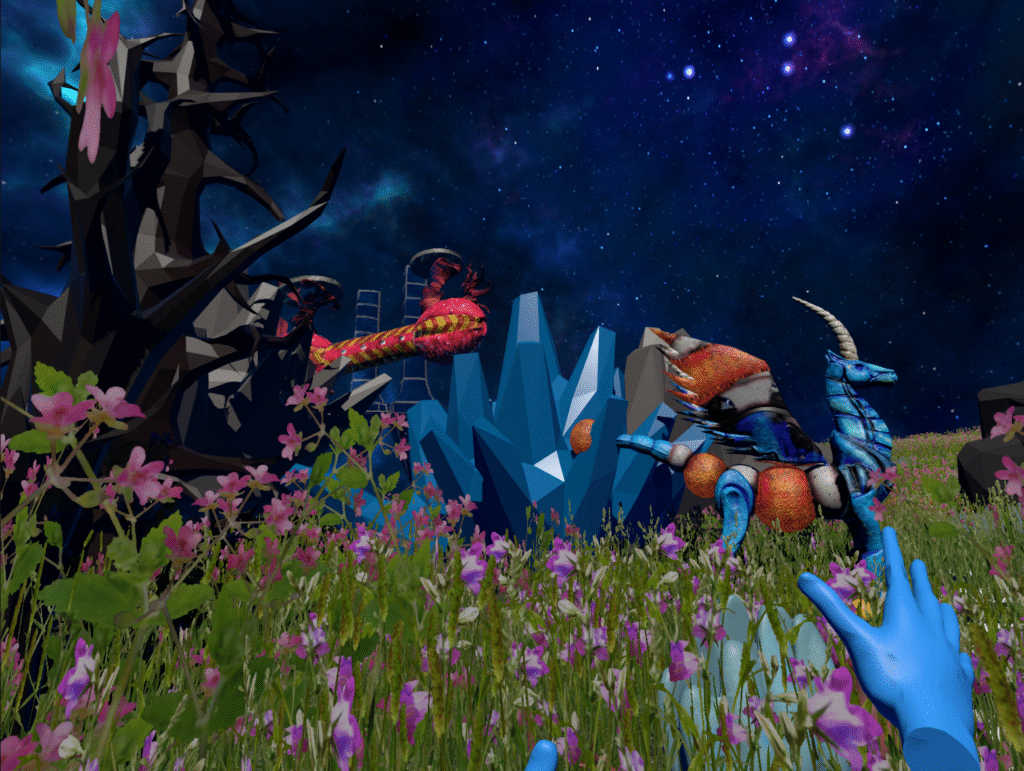
We need to figure out what the rules for AI are going to be—in an economic way as well as an artistic way.
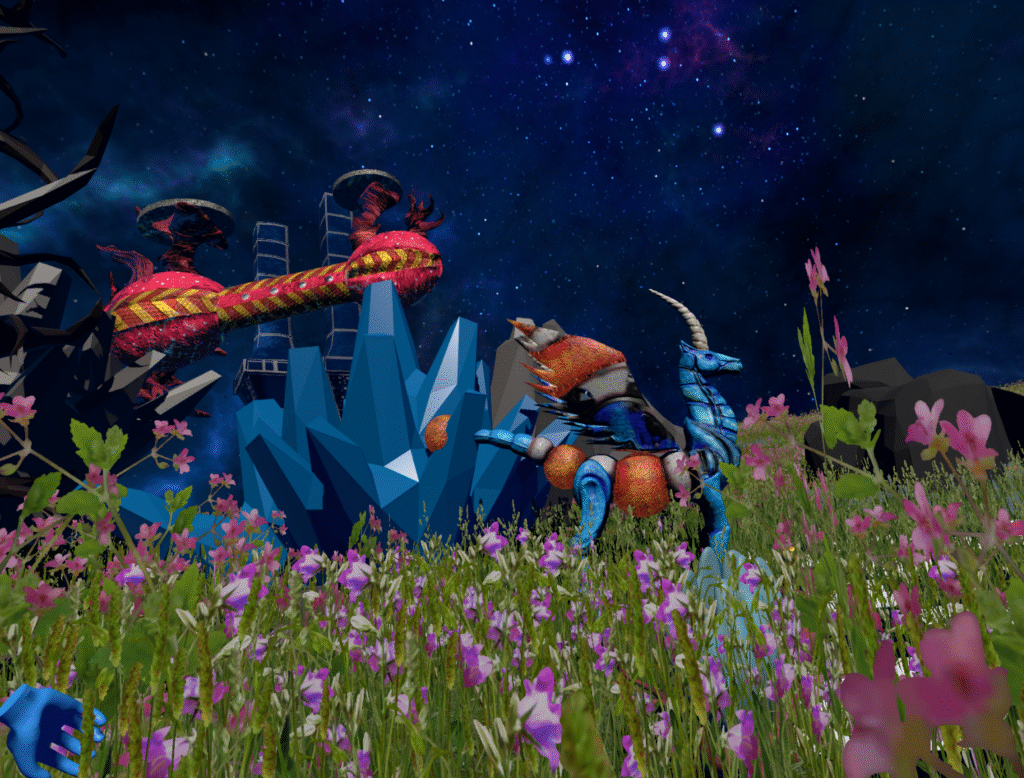
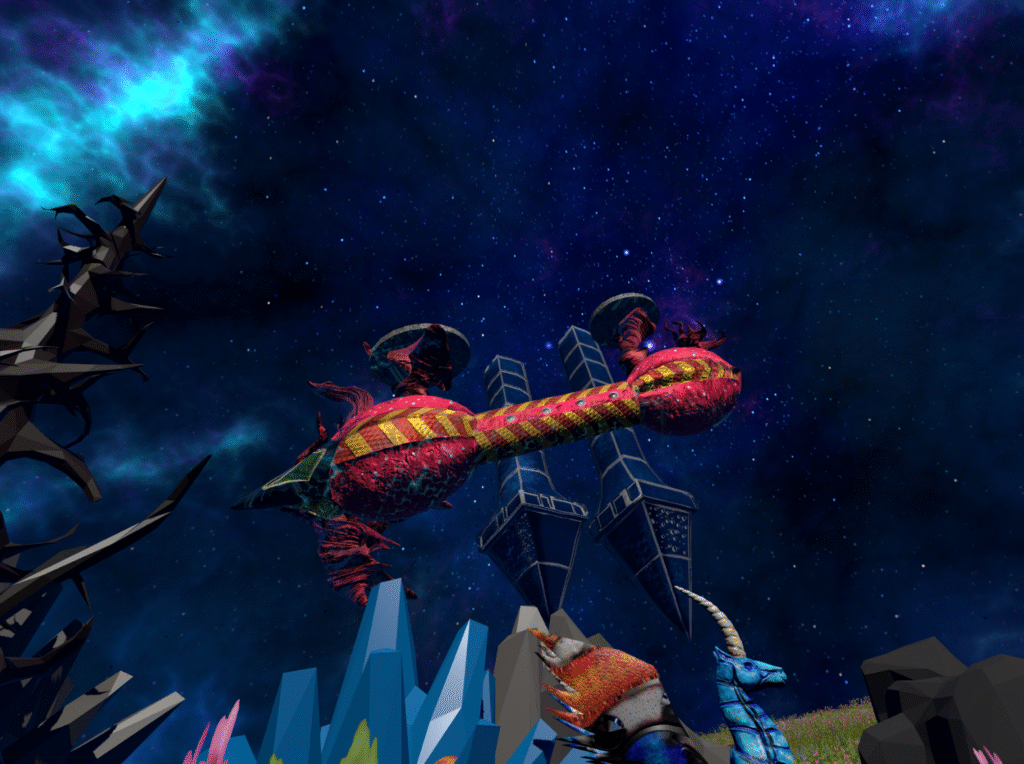
Is it OK for me to say, “Hey, AI, can you make me something that looks like what this specific graphic designer would make me,” and then I don’t need to pay that person.
HARIS
Oh man, that’s a big issue. A big one. Of course, it needs to be controlled in some way.
Stealing art or taking a style that someone’s been working on their whole life is like taking a part of their character. In one word that sounds, and looks, disgusting. I agree.
ADRIAN
It’s a perfect case of, okay, that’s definitely not right. But, figuring out exactly what should and shouldn’t be allowed, what the limits should be, is going to be more difficult.
HARIS
I mean, I don’t think you can use AI to exhibit in galleries, to totally do everything. You need to have a human being pulling something off.
You can use AI as a tool, as an assistant to help you do what you’re trying to do more quickly and easily. You can write out your thoughts in a prompt, and then those thoughts can be generated.
ADRIAN
Don’t you think you miss something in the artistic process when you do things in a quick, automated way instead of by hand?
HARIS
Oh, yeah. I think you lose, of course. Think of today’s way of getting information compared to 20 years ago.
I love bears. That’s my favorite animal. And when I was young and I wanted to learn about bears, I had to go to the fucking library, I needed to find that book. You had the possibility to learn other things on the way to learning about bears.
And, I remember everything I learned about bears back then, much more than the things I’ve just Googled to prove a fact to a friend.
ADRIAN
I think the analogy is of a sculptor. Like, while you’re sculpting a huge statue, you have so much time while you’re creating it to think, to reflect, to think about what you want the thing to mean.
HARIS
We’re at a point where the process is becoming much smaller, but we’re getting the results much faster. And the faster the computer gets, the faster the results will be presented.
If you need to design a poster, you need to learn the skill set—which is not small. You need to know about design, to learn photoshop, to know how to publish it. You use a lot of different skill sets.
Now, with AI, you could create something similar with one sentence.
ADRIAN
That’s what I worry about. If it’s too easy to make whatever you want, how can someone create something truly great, truly new?
HARIS
I mean, it’s a multipurpose tool. It’s all about you, what you’re going to ask.
Both art and the process of creation are already changing as a result of the technologies that Haris and Adrian discussed. It will be some time before we can fully see the consequences of these shifts.
Perhaps what we learned was that different tools and different ways of using them will have different impacts on the creative process. There’s still much to learn about how we should use these tools, both ethically and artistically.
As much as the editors of PUNKura* would like to say a simple Fuck No to ChatGPT and the rest of it, we realize it’s not our place to do so. Individual artists are always free to construct their practice in whatever way they wish, rejecting the computer, embracing it, or taking a middle path.
Once the art is in front of us, we’ll see.
+++
Rikardo Druškić’s VR exhibition will be shown at the Historical Museum of Bosnia & Herzegovina in the fall.
